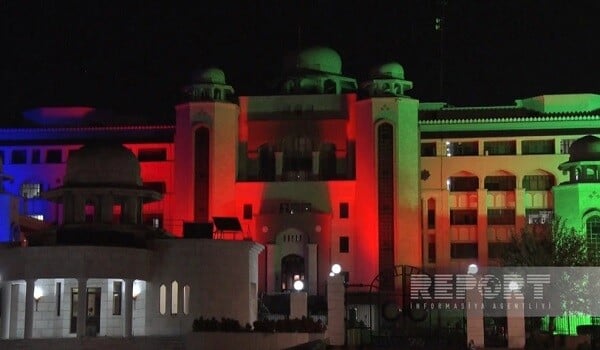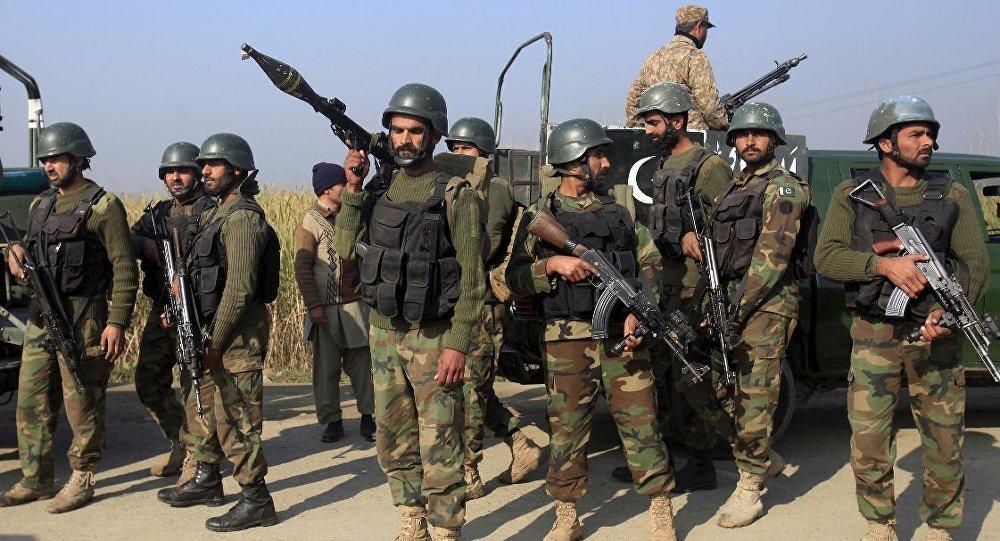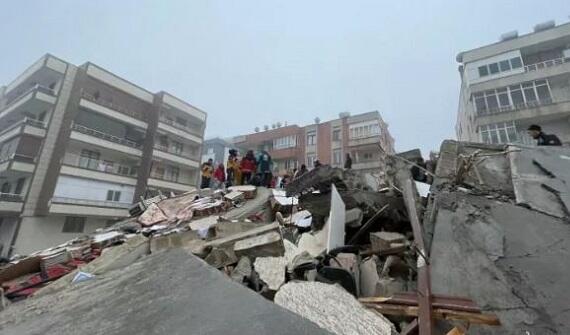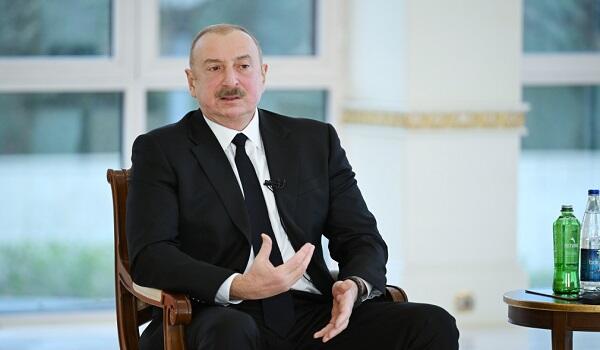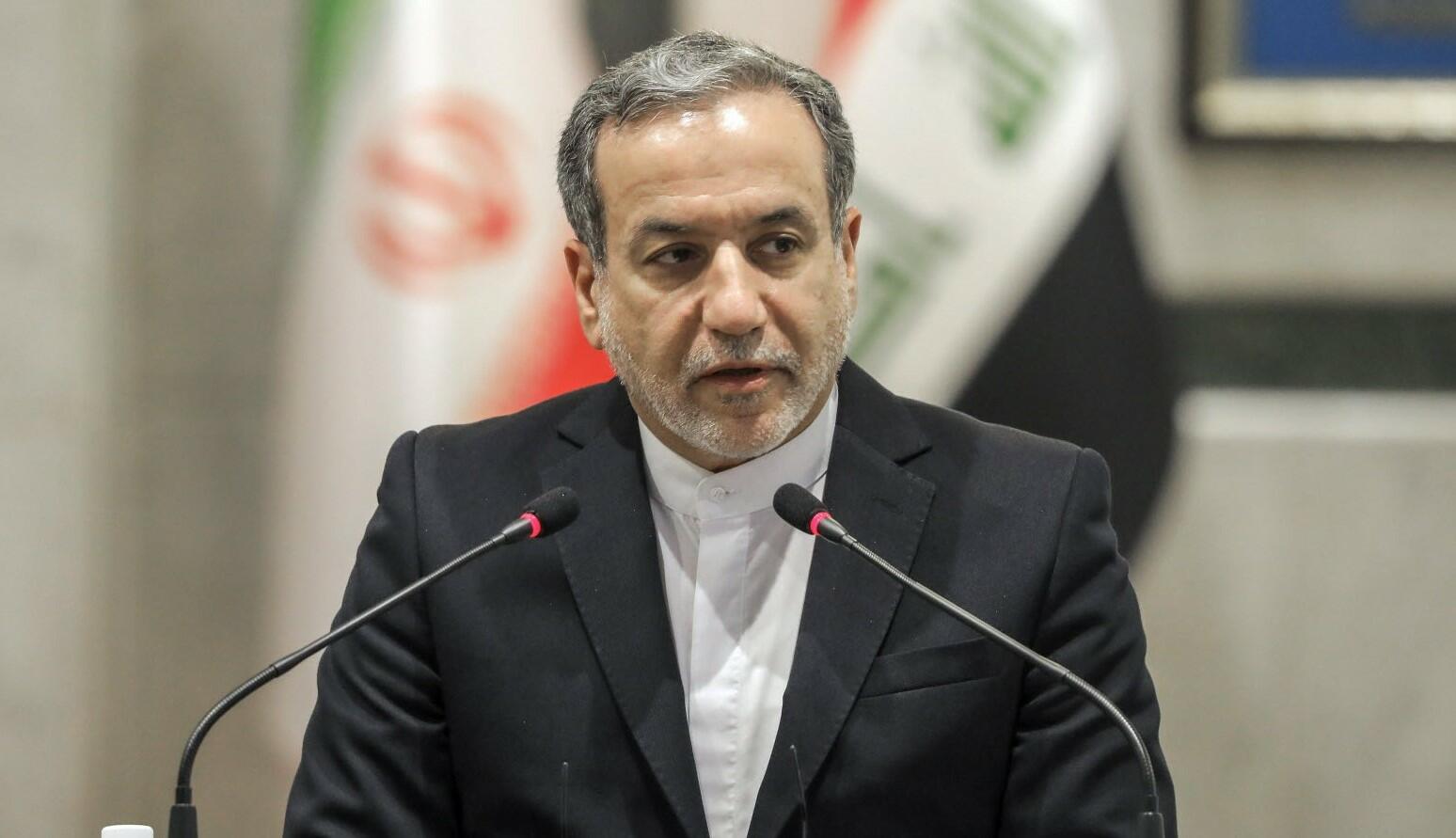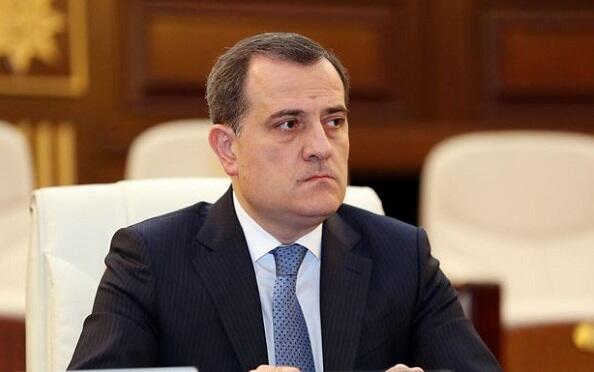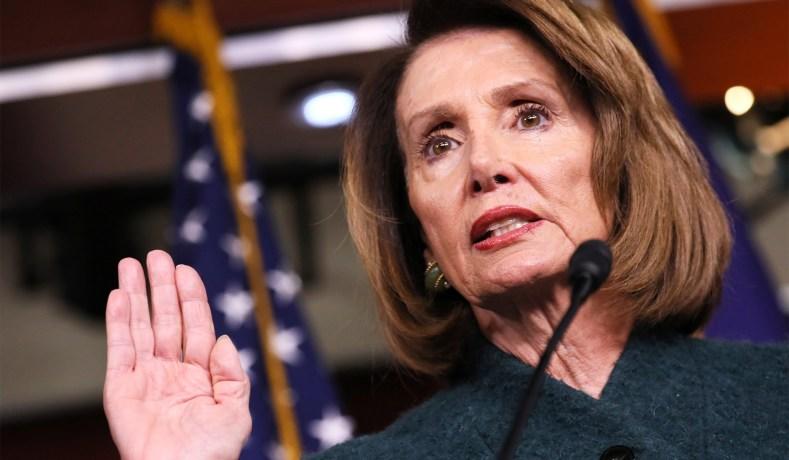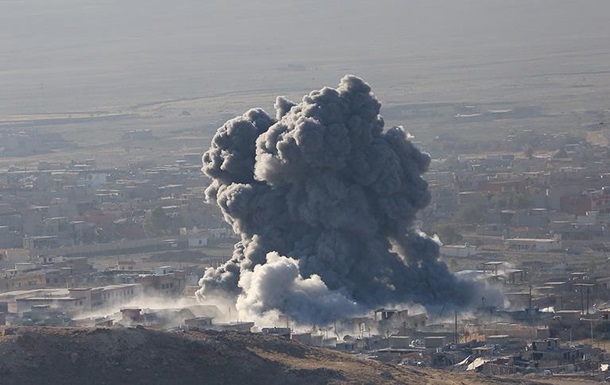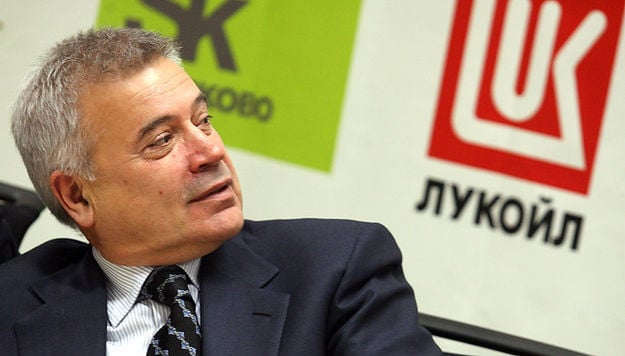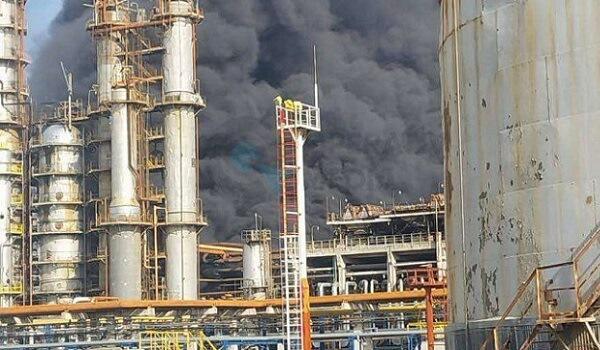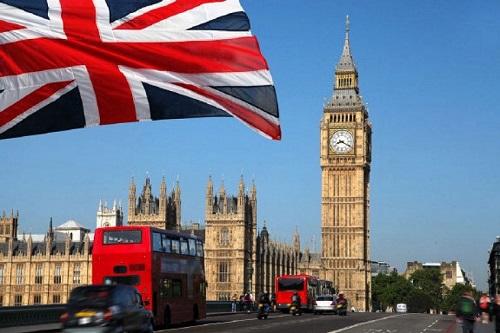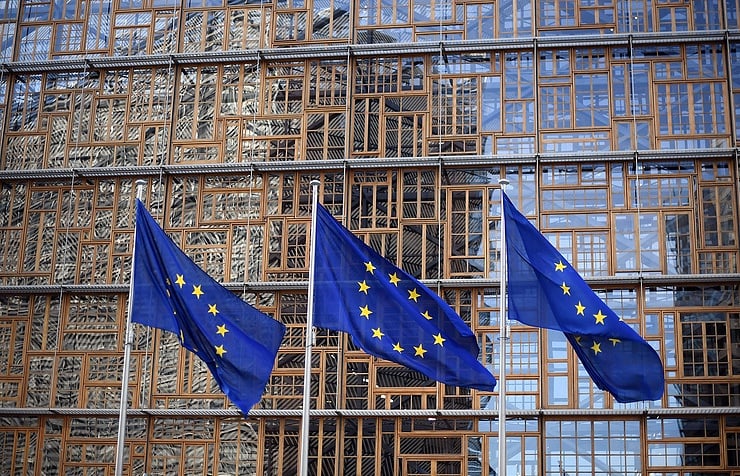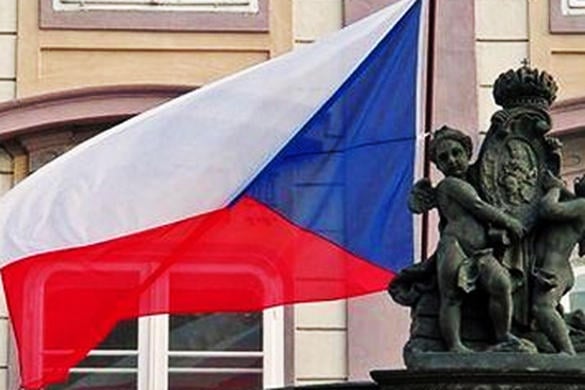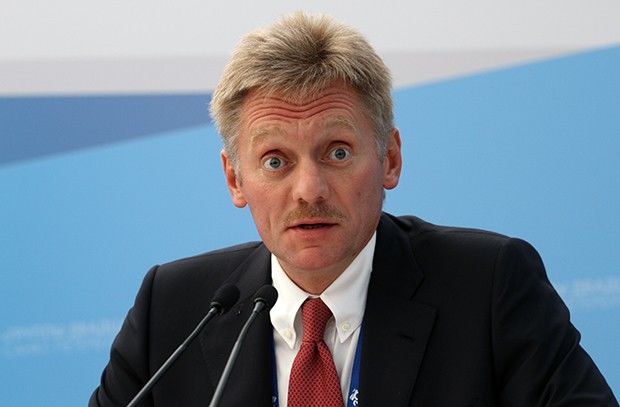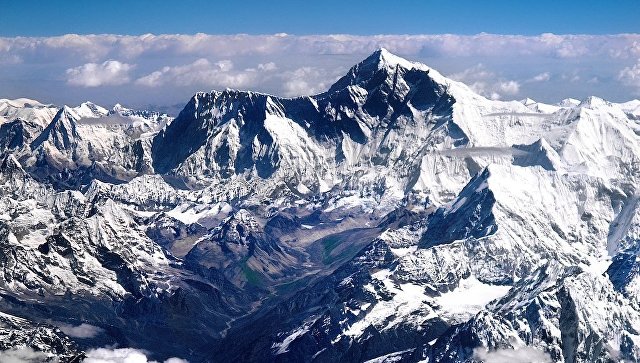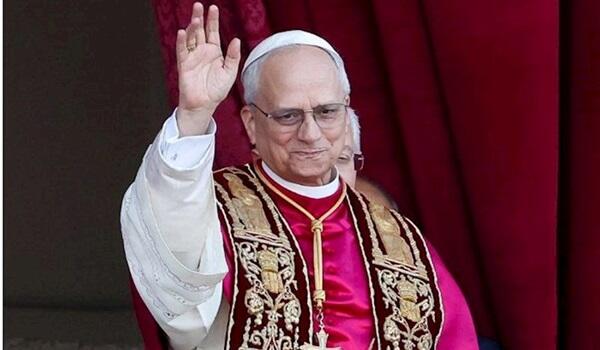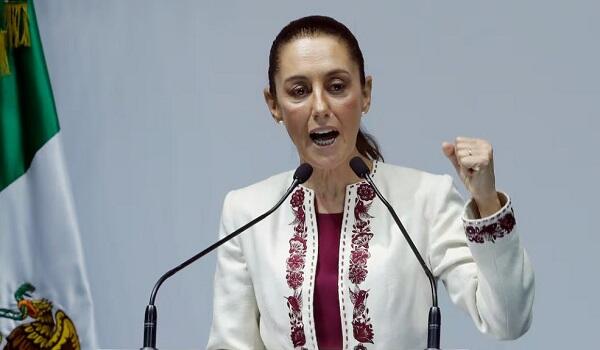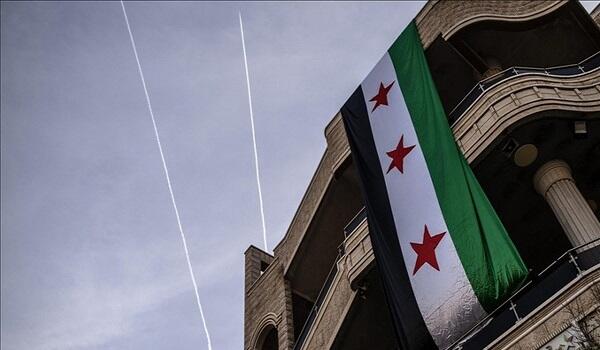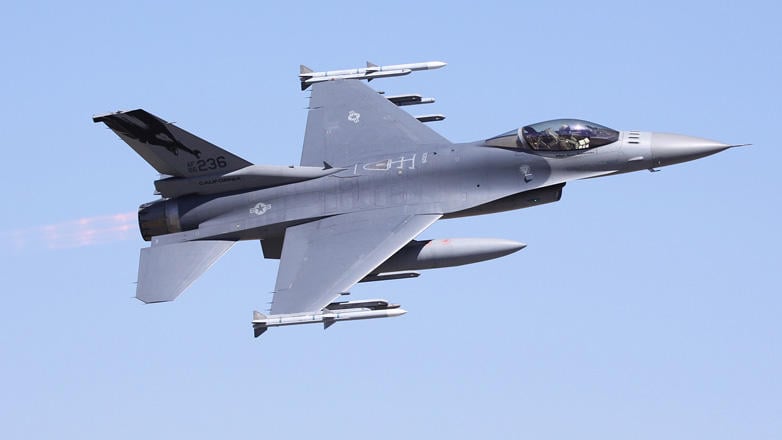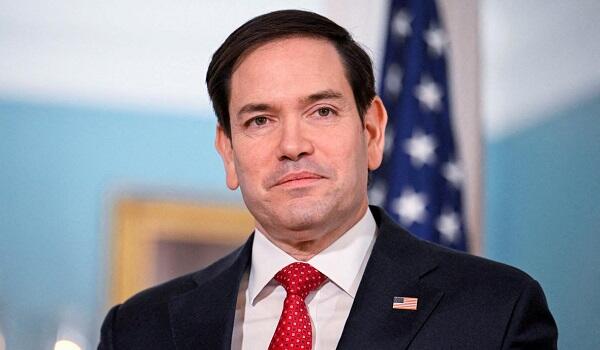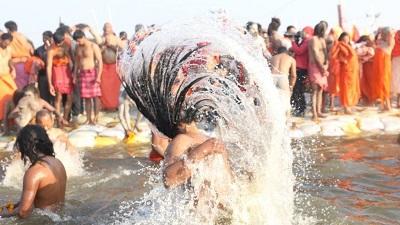The Maha Kumbh Mela, recognized as the world’s largest religious gathering, commenced in Prayagraj, India, drawing millions of Hindu devotees, mystics, and holy figures. This six-week-long festival occurs at the confluence of three sacred rivers—the Ganges, Yamuna, and the mythical Saraswati—where participants undertake ritual baths and austerities in pursuit of spiritual liberation.
Axar.az, Rooted in Hindu mythology, the festival commemorates the god Vishnu’s retrieval of a golden pitcher containing the nectar of immortality, with drops said to have fallen in Prayagraj and three other Indian cities, forming the basis of this rotating event. Held every 12 years, the Maha Kumbh is the most auspicious iteration, with daily bathing rituals culminating in special ceremonies by ash-smeared monks on key dates.
This year’s festival is projected to attract 400 million attendees, surpassing prior records. The Indian government has transformed the festival site into a sprawling, 40-square-kilometer tent city with extensive facilities, including 3,000 kitchens, 150,000 restrooms, 11 hospitals, and murals illustrating Hindu scriptures. Enhanced crowd management features include over 50,000 security personnel, AI-powered cameras, and special train services.
Under Prime Minister Narendra Modi’s leadership, the festival has been tied to Hindu nationalism, with substantial state funding and promotional campaigns highlighting government welfare programs. Critics note its politicization, including the renaming of the city from Allahabad to Prayagraj and past controversies, such as the continuation of the 2021 festival during a COVID-19 surge. Despite this, the Maha Kumbh remains a profound religious and cultural event, showcasing India’s spiritual heritage and testing its logistical capabilities.
